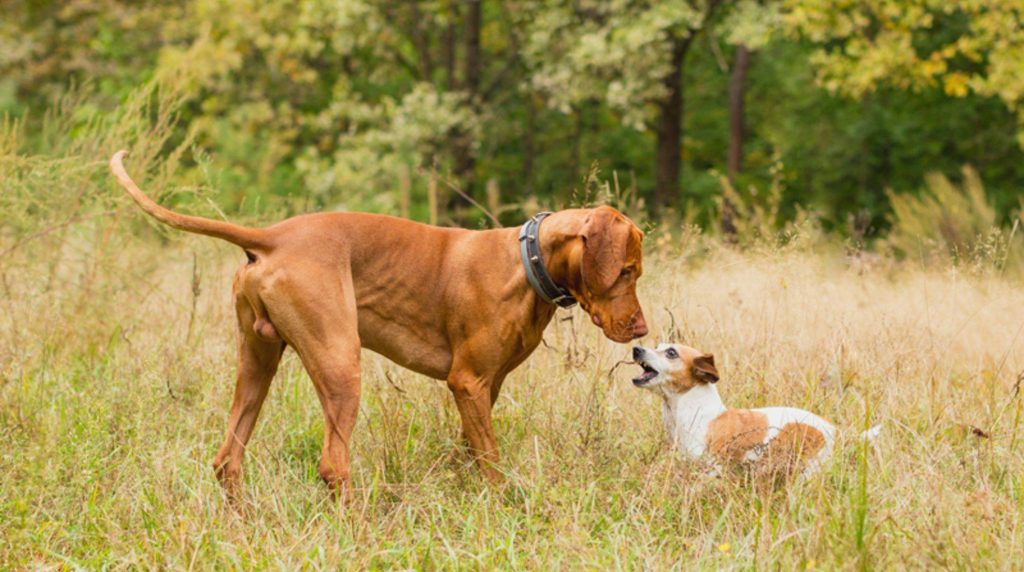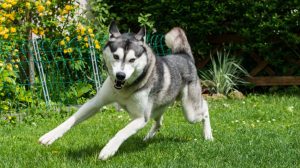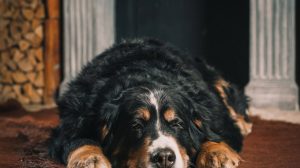Sometimes, small dogs are dying to prove that they are just as brave and strong as big dogs. But are Yorkshire Terriers, Dachshunds, Chihuahuas, and Co. fundamentally more aggressive than Great Danes, Saint Bernards, or Leonbergers?

A connection between body size and aggressive behavior is also discussed among humans. The so-called Napoleon complex, described by the psychologist Alfred Adler, includes several supposedly typical behaviors of small men who are considered particularly aggressive, power-hungry, overambitious, dominant, and jealous. Curiously, however, the syndrome does not refer to short women.
So far, however, there is no scientific evidence that short men are more aggressive than tall men. That being said, Napoleon was somewhat above average height for his time. But do small dogs tend towards a kind of Napoleon complex, or is that prejudice? And if the little ones are more aggressive and “choleric” than big dogs, is it due to breed or upbringing?
Small dogs: more aggressive or poorly trained?
Tiny dogs often face unflattering prejudices. From “calf biters” to “knee horns” to “wool sausages,” “carpet rats,” “hoe sniffers,” and “stumbling blocks,” there are no limits to the meanness. The little ones aren’t dogs, people who only like big dogs often scold. In addition, the Miniwuffs are accused of being barkers, stubborn, snappy, easily irritable, and argumentative. On the other hand, large dogs are often referred to as “gentle giants” and are often considered good-natured, calm, and patient. But is it because the dog breeds themselves that small dogs are thought to be more aggressive?
Terriers and dachshunds, for example, are known to be confident, courageous, and intelligent. They were initially bred to scare foxes and badgers out of their dens. Terriers were also used for hunting rats in fields to drive away from the pests. The dogs were on their own with these tasks – after all, they were the only small, agile, fast, and attentive enough to fit into the dens and defy the wild animals or chased the rats away. Therefore, it was essential for them to make their own decisions and maintain independence from their keepers. This racial “obstinacy” can be misinterpreted as stubbornness.
However, there is still a difference between being aggressive and stubborn, where parenting comes in. Dogs usually only show aggression when they see themselves, their pack or their resources threatened, i.e., out of insecurity and fear. And these, in turn, are the result of inconsistent or missing upbringing or non-species-appropriate husbandry and employment. Other undesirable behavioral problems such as excessive barking (“yapping”), jumping up, begging, jealousy, or constant courting for attention are always due to educational errors and are not a question of the dog breed.
“Curse of cuteness” in small dog breeds
Another reason small dogs seem to be more aggressive than large dogs is because they are easily underestimated. Due to their small body size, they appear cute and cuddly; they fulfill the children’s scheme and thus awaken the protective instinct in people. Dog breeds in particular that were bred as companion dogs – also derogatorily referred to as “lapdogs” – such as the Pug, Chihuahua, Maltese, Shih Tzu, or Havanese, run the risk of being belittled and pampered by their owners.
But creatures – both humans and dogs – spoiled too much often do not learn frustration tolerance and impulse control, patience, and manners. They don’t know that sometimes they have to pull themselves together, make an effort, achieve their goals, and believe they can do anything because no one has ever set them limits. Big, badly behaved dogs can seriously injure people, while small naughty dogs will only pinch a little calf when they snap. This “curse of cuteness” often denies the little ones a species-appropriate upbringing, which is not their fault and is not due to the breed but a misunderstanding between humans and animals.
Small dogs have the exact needs of large dogs
Small dogs have precisely the same demands and needs for species-appropriate husbandry and training as large dogs. They also need an activity for their body and mind, want to do dog sports, go to dog school, play with other dogs and walk on a leash. They want to learn tricks and be assigned chores, not carried around in purses and treated like stuffed animals.
When small dogs need your protection
However, there are exceptions where small dogs need more support and help than large dogs. The world seems more threatening because they perceive everything from the “frog’s perspective.” In crowds, for example, it can make sense to hold the mini-woof instead of leaving it on the ground so that it doesn’t feel so constricted or accidentally kicked.
Also, only let your tiny dog play with larger dogs under supervision. Then you can intervene immediately if the big one underestimates his strength and presses the little one too much, even accidentally putting him in danger. Some large dogs with a pronounced hunting instinct could also see prey in the tiny balls of fur – here, too, you must not hesitate and bring your darling to safety.









